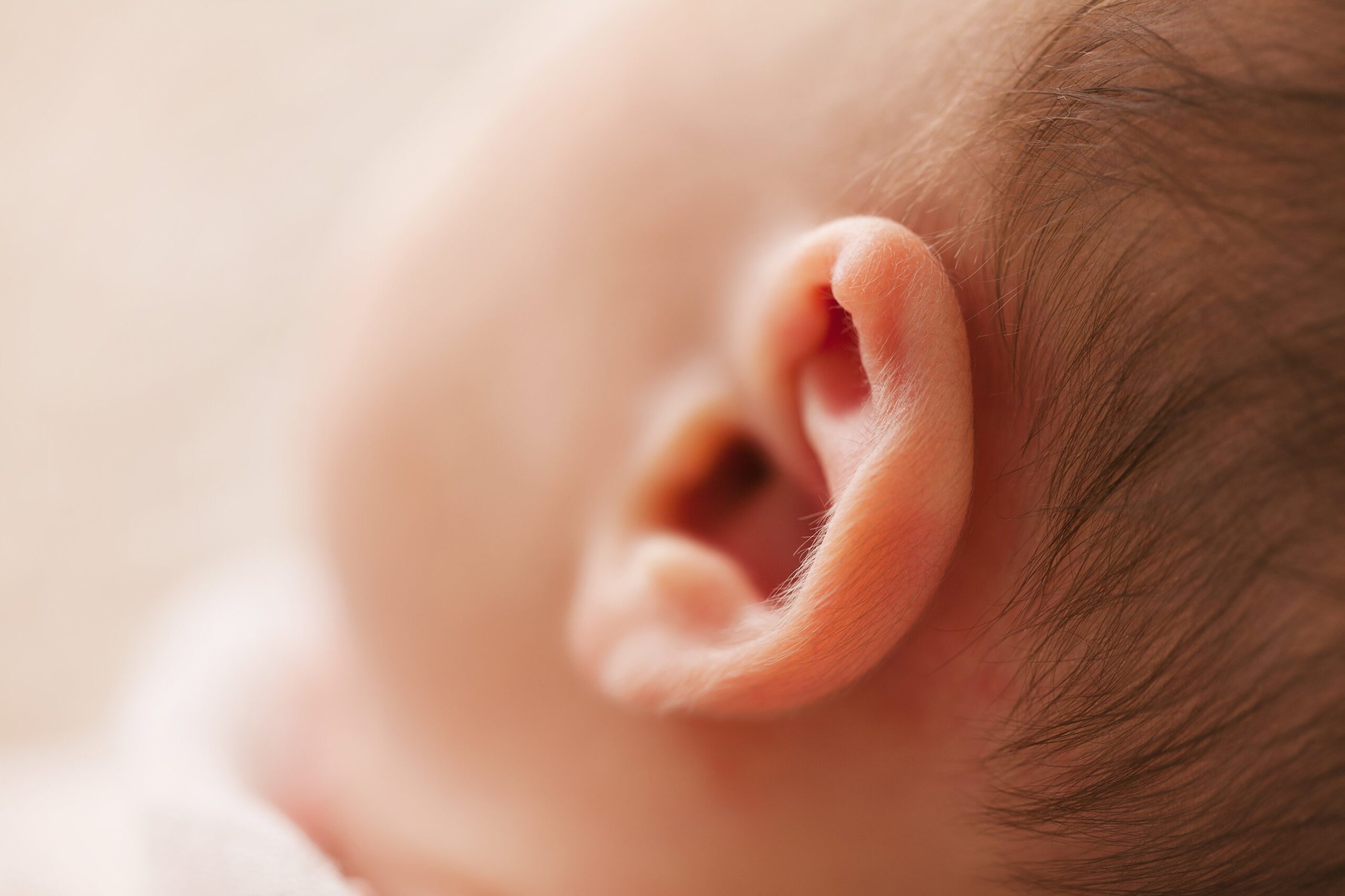We humans connect and engage with the world around us through our senses. To hear our favorite music, a dangerous warning noise, or the laughter of our friends, our bodies conduct a series of complex steps that change sound waves in the air into electrical signals, which our auditory nerve then carries to the brain. Though much is understood about hearing, the fundamental molecular machinery of how exactly those sound waves are converted into meaningful signals has remained unknown, until now.
With access to advanced computing resources and more than 60 million roundworms, scientists at Oregon Health & Science University have revealed for the first time, and in near-atomic detail, the structure of the key part of the inner ear responsible for hearing.
As the study published in Nature details, the researchers sought to understand the composition, structure and mechanics of the mechanosensory transduction (MT) complex, or the process by which our inner ears – actually, the hairs of our inner ears – pick up sound and turn it into electrochemical signals which are sent to our brains and translated into something meaningful. In this study, researchers shed light on the structure of the proteins that form the MT complex through single-particle, cryo-electron microscopy (cryo-EM) of 60 million roundworms (Caenorhabditis elegans).
The findings could lead toward developing new treatments for hearing impairments, which affect more than 460 million people worldwide.
You can read more about this story here (published October 12, 2022): Mechanism of hearing: Structure of key part of inner ear.
Project Details
Institution: Oregon Health & Science University
University: Oregon Health & Science University
Funding Agency: NIH, NSF, PSC, XSEDE
Grant Number: XSEDE Allocation: MCA06N060
The science story featured here, allocated through August 31, 2022, was enabled through Extreme Science and Engineering Discovery Environment (XSEDE) and supported by National Science Foundation grant number #1548562. Projects allocated September 1, 2022 and beyond are enabled by the ACCESS program, which is supported by National Science Foundation grants #2138259, #2138286, #2138307, #2137603, and #2138296.


